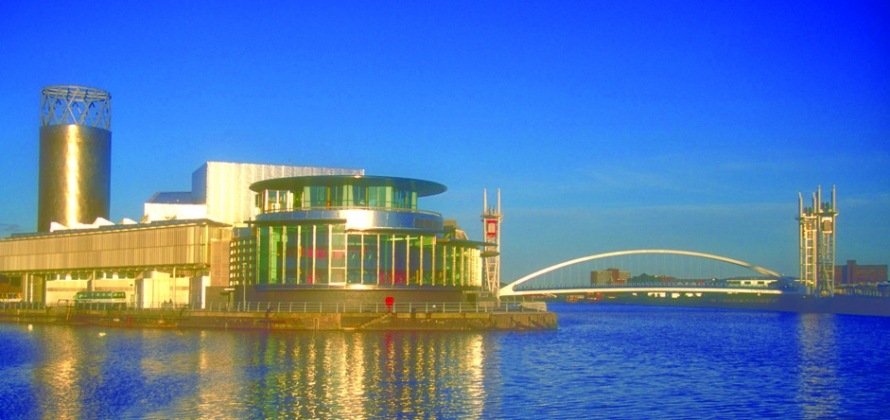Project Experience

Lowry
This £127 million integrated visual and performing arts centre is named for L.S. Lowry, one of the most loved artists in England. The setting for the Centre is the historic Manchester Ship Canal, now transformed as Salford Quays, an exciting mixed-use area for business, residential and leisure activities. The architects are Michael Wilford and Partners, and Theatre Projects Consultants planned the two theatres. Gail Dexter Lord was instrumental in developing the original concept to focus on L.S. Lowry, the Salford area artist who portrayed the lives of working people. Lord Cultural Resources was responsible for planning The Lowry’s visual arts spaces, which feature changing exhibitions of Lowry’s work, temporary exhibitions and the Lowry study centre. Our firm provided the Functional Brief for all visual arts spaces and developed the innovative concept for a Children’s hands-on gallery called “Artworks” inspired by the visual and performing arts.
On the strength of these plans, The Lowry was chosen as a Landmark Millennium Project, receiving £64 million from the National Lottery – the largest grant given outside London. It was the first project supported by all three cultural funding bodies in the U.K. – the Arts Council, the Millennium Commission, and the National Heritage Memorial Fund.
Lord Cultural Resources continued to review the architects’ and engineers’ drawings and advise the City and The Lowry Trust on the application of our Functional Brief for the seven years from planning through design and construction to fit-out and opening. Lord Cultural Resources also designed the Lowry’s introductory gallery, “Meet Mr. Lowry”. The Lowry opened successfully in April 2000 to great acclaim and has exceeded attendance expectations, welcoming more than 1 million visitors in its first year.
This is a classic case of a cluster of cultural institutions being the capacity builder to create the confidence to attract private investment. The Lowry Trust recognized the need for a critical mass of cultural attractions and persuaded the Imperial War Museum to locate its northern branch near the Lowry and it opened in 2002. Salford Quays is considered one of the most successful regeneration projects in Europe. It is now home to hotels, shopping malls, residential development and in the fall of 2008 won the competition for the location of “media city” which rehoused the BBC’s Manchester offices and much more. The total value of inward investment surpasses 3 billion pounds and has created 6,500 jobs.
